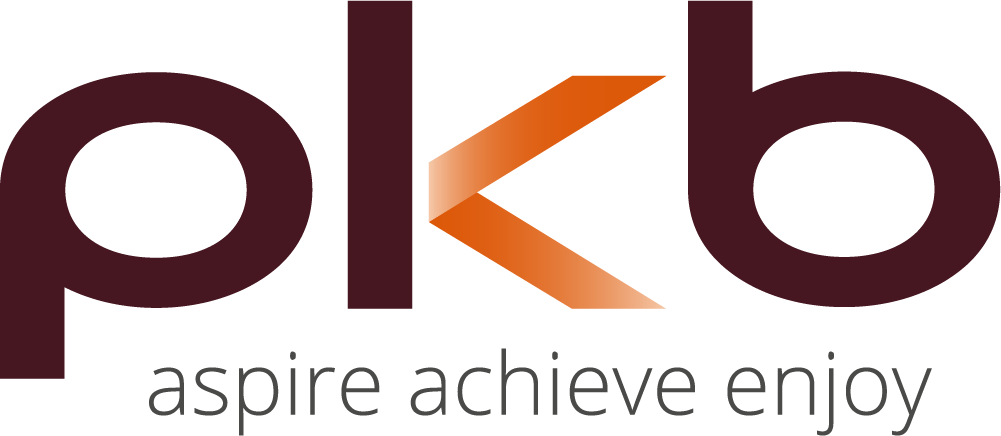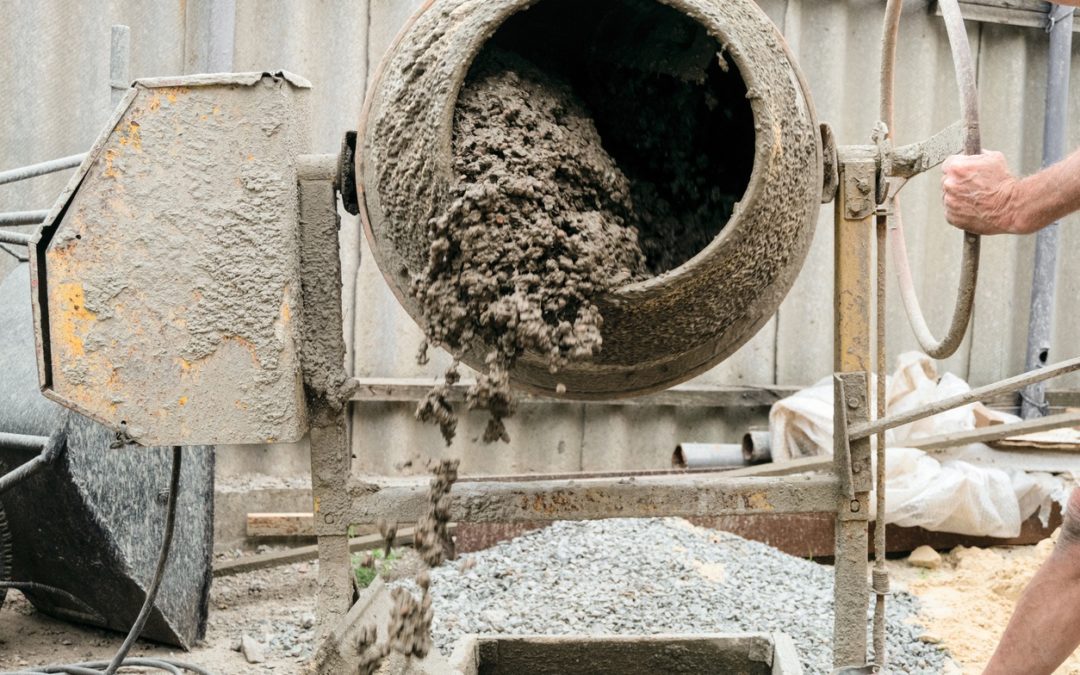New VAT rules for the UK’s construction sector will come into effect from 1 March 2021.
Referred to as ‘the domestic reverse charge for supplies of building and construction services,’ the changes will affect sub-contractors who supply their services to other contractors within the sector.
Supplies of standard or reduced-rated building services between VAT-registered businesses in the supply chain, will not be invoiced in the normal way. Under the new reverse charge system, the sub-contractor will not charge VAT on their invoice to the contractor for whom they are working. They will not account for output VAT either, although they will identify the rate and amount of VAT due and notify their customer that the VAT must be accounted for by them on their VAT return.
The sub-contractor will then be paid only the net value of the work done without the VAT.
The contractor receiving supplies from the sub-contractor, will be obliged to enter the VAT identified on their sub-contractor’s invoice in box one of their VAT return as well as claiming this back in box four of the return.
This is to ensure that VAT is correctly accounted for on supplies by sub-contractors, some of whom were allegedly fraudulent businesses not paying the VAT charged to HMRC.
Who does the reverse charge apply to?
The changes will predominantly affect sub-contractors who supply their services to other contractors within the construction sector.
They apply if the services provided are standard rated or reduced rated and are within the scope of CIS.
Supply and fit
Although the provisions apply principally to services in the construction sector, they cover all supplies of labour and materials in a single contract or transaction. This is the case even where only the labour element must be reported under CIS.
Labour only sub-contractors
The reverse charge applies to services provided by labour only sub-contractors. The labour only sub-contractor is responsible for the works carried out and is therefore subject to the reverse charge provisions. This can be contrasted with a supply of staff, which is not covered (see “Employment businesses” below), since in those cases the supplier takes no responsibility for the work done.
Which services do the new reverse charges apply to?
The new reverse charge will apply to a wide range of services in the building trade. It will primarily affect activities covered by the construction industry (CIS) payment rules.
Please note that normal VAT invoices will continue to be issued to domestic customers and other “end users” as defined under the scheme.
You must use the reverse charge for the following services:
- Constructing, altering, repairing, extending, demolishing or dismantling buildings or structures (whether permanent or not). This includes offshore installation services
- Constructing, altering, repairing, extending, demolishing of any works forming, or planned to form, part of the land. This includes, (in particular), walls, roadworks, power lines, electronic communications equipment, aircraft runways, railways, inland waterways, docks and harbours, pipelines, reservoirs, water mains, wells, sewers, industrial plant and installations for purposes of land drainage, coast protection or defence
- Installing heating, lighting, air-conditioning, ventilation, power supply, drainage, sanitation, water supply or fire protection systems in any building or structure
- Internal cleaning of buildings and structures, so far as carried out in the course of their construction, alteration, repair, extension or restoration
- Painting or decorating the inside or the external surfaces of any building or structure
- Services which form an integral part of or are part of the preparation or completion of the services described above. This includes site clearance, earth-moving, excavation, tunnelling and boring, laying of foundations, erection of scaffolding, site restoration, landscaping and the provision of roadways and other access works
You cannot use the reverse charge for the following services when they’re supplied on their own:
- Drilling for, or extracting oil or natural gas
- Extracting minerals (using underground or surface working) and tunnelling, boring or construction of underground works for this purpose
- Manufacturing building or engineering components or equipment, materials, plant or machinery, or delivering any of these to site
- Manufacturing components for heating, lighting, air-conditioning, ventilation, power supply, drainage, sanitation, water supply or fire protection systems, or delivering any of these to site
- The professional work of architects or surveyors, or of building, engineering, interior or exterior decoration and landscape consultants
- Making, installing and repairing art works such as sculptures, murals and other items that are purely artistic signwriting and erecting, installing and repairing signboards and advertisements
- Installing seating, blinds and shutters
- Installing security systems, including burglar alarms, closed circuit television and public address systems
Key definitions and specific guidance on whether the reverse charge applies to you
Below are some key definitions which will help you to understand how the reverse charge will work:
End users
The reverse charge is not intended to apply where a contractor works directly for an end user.
End users are consumers and businesses, or groups of businesses, that are VAT and Construction Industry Scheme registered but do not make onward supplies of the building and construction services supplied to them. Namely those who have an interest in the land where the work is being undertaken.
Where the end user is VAT and CIS registered, the reverse charge does not apply to supplies made to them where they notify the contractor in writing that they are an end user.
Intermediary suppliers
Intermediary suppliers are VAT and CIS registered businesses that are in a corporate group with an end user as defined above. If an intermediary supplier buys construction services and re-supplies them to an end user in the same corporate group, they are all treated as if they are an end user and the reverse charge does not apply. They do however need to notify the contractor that they are an end user.
Employment businesses supplying construction workers
Employment businesses are treated differently for the purpose of the reverse charge. Supplies by employment businesses (also known as labour agencies) are not subject to the reverse charge, even if those supplies are within the scope of CIS.
Employment agencies supplying construction workers are, for VAT purposes, treated as supplying staff rather than building and construction services.
Using the reverse charge: suppliers
Suppliers must use the reverse charge from 1 March 2021. This applies if you’re VAT registered in the UK and you supply building and construction industry services and:
- Your customer is registered for VAT in the UK
- Payment for the supply is reported within the Construction Industry Scheme (CIS)
- The services you supply are standard or reduced rated
- You’re not an employment business supplying either staff or workers, or both
- Your customer has not given written confirmation that they are an end user or intermediary supplier
The practical steps you will need to take include:
- Check if your customer has a valid VAT number
- Check your customer’s CIS registration
- Review your contracts to decide if the reverse charge will apply and tell your customers
- Ask your customer to confirm whether they are an end user or intermediary supplier
- Make arrangements to alter your invoicing to identify the rate and amount of VAT due but not to charge it to your customer. Also ensure that a narrative appears on the invoice instructing the customer to declare the VAT on their VAT return
- Find out how to record the reverse chargeable transactions in your accounts
- Analyse the impact of the new rules on your cash flow and consider applying for monthly VAT returns
Using the reverse charge: customers
You must account for the reverse charge from 1 March 2021, if you are VAT registered in the UK, receive supplies of building and construction industry services and:
- Your supplier is registered for VAT in the UK
- Payment for the supply is reported within the Construction Industry Scheme (CIS)
- The services you receive are standard or reduced rated
- Your supplier is not an employment business supplying either staff or workers, or both
- You’re not an end user or intermediary supplier who has notified your suppliers of that fact
The practical steps you will need to take include:
- Check if your supplier has a valid VAT number
- Check your supplier’s CIS registration
- Review your contracts to decide if the reverse charge will apply and tell your suppliers you will not accept normal VAT invoices
- Make arrangements to account on your VAT returns for the VAT identified as due to HMRC on your suppliers’ invoices
Ensure that you refuse any normal VAT invoice issued to you by a sub-contractor where the reverse charge should be applied
- Make arrangements to pay only the net value of the work to your sub-contractors
- Find out how to account for the reverse charge transactions in your accounts
What if my business is both a supplier and a customer?
Many businesses in the construction sector are both suppliers and customers and will be affected in relation to purchases and sales. The above practical steps will need to be taken in respect of both.
How can I prepare for the reverse charge VAT changes?
It’s important to check that your accounting systems and software can deal with the reverse charge. You should also consider whether the change will impact your cash flow and more importantly – that all your staff who are responsible for VAT accounting, are familiar with the reverse charge and how it will work.
If you’re a sub-contractor, you should also be aware that your customers will no longer be paying you VAT, which will reduce the gross value of payments coming into your business. With this in mind, you should consider and plan for the impact of this on your day-to-day cashflow.
If you’re a sub-contractor using the VAT flat rate scheme, it may be beneficial to leave that scheme as you could be entitled to a VAT refund on your expenses from 1 March 2021.
If you need help with any aspect of planning, preparing or implementing the new reverse charge, please don’t hesitate to get in touch with PKB. We’re cloud accounting specialists and can recommend the right software to ensure you comply with the new rules and advise on other changes to help you and your business.
To read news and blogs from Rebecca Austin, click here >>


